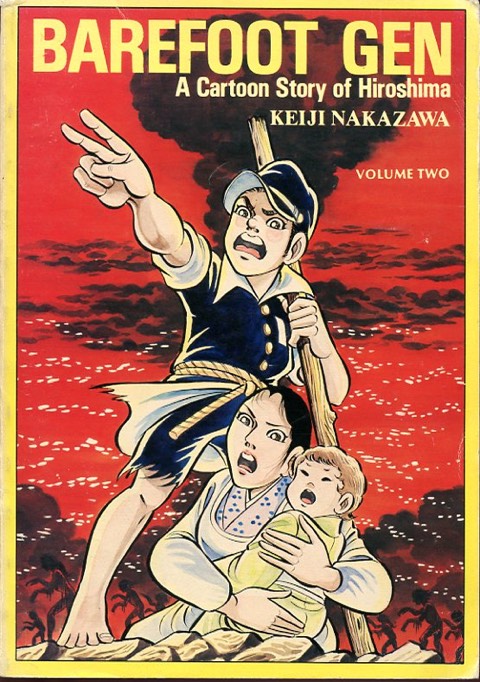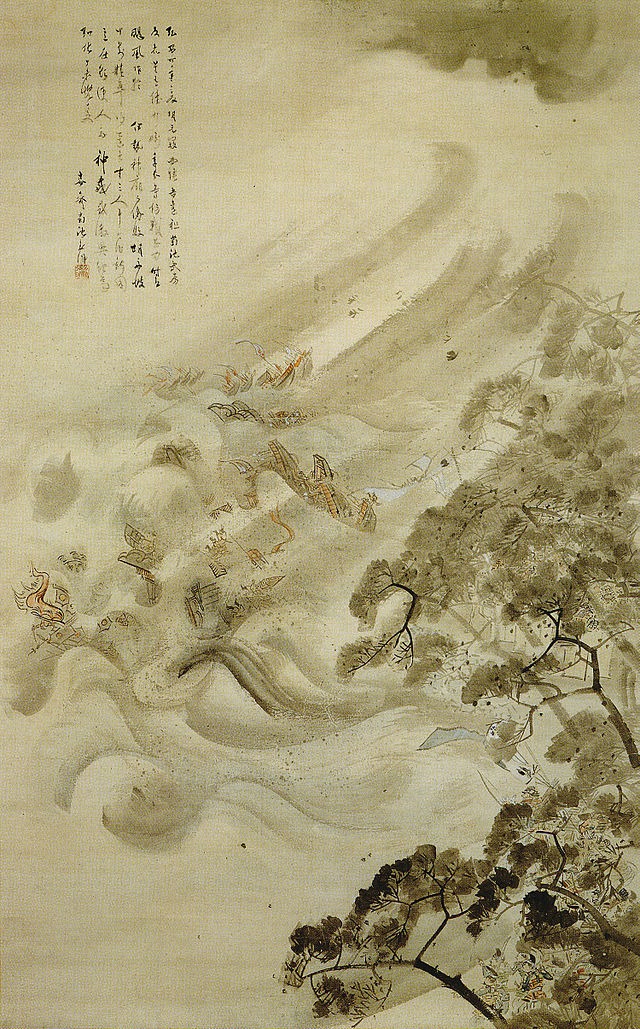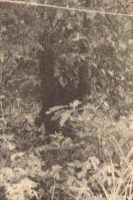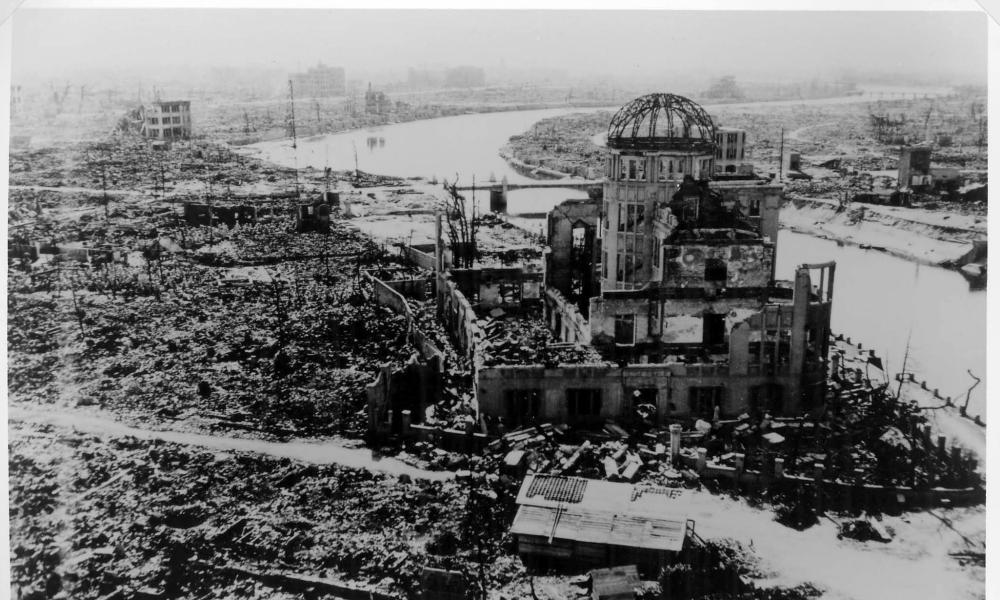With President Obama’s scheduled visit to Hiroshima, he will become the first US president to visit the site of the first wartime atomic explosion. People have debated the need to drop the bombs on Hiroshima and Nagaski, but most of the arguments come from hindsight. At the time, the outcome of the war was uncertain. America considered an invasion of the Japanese homeland. Planners looked at what happened on islands in the Pacific and feared what a land invasion of Japan would involve. Japanese military death rates on the islands were staggering (Frank, 1999):
- Attu: 98.8%
- Tarawa: 99.7%
- Roi-Namur: 98.5%
- Saipan: 97% ( only 921 were taken prisoner out of 30,000)
At least 1,000 civilians committed suicide on Saipan, but exaggerated reports of up to 10,000 suicides made military planners realize how bloody an invasion of the Japanese main islands would be (Frank, 1999). The US military expected American casualty rates of 1 for every 7 Japanese. They were looking at the possible end of the entire Japanese way of life and an American death toll that could well have shaken American democracy. The decision to drop the atom bombs considered all of this.
We forget that they also didn’t understand the full power of nuclear weapons. Nothing like an atomic explosion had been used in warfare before. Radiation poisoning was relatively unknown. Some of our criticism for the decision is based on what we’ve learned since Hiroshima.
When considering history, we have to be careful not to project our knowledge on the past. History is set in our eyes. American victory appears a foregone conclusion, but it wasn’t definite at the time. The US military debated what path to take to minimize American casualties. Japan hoped to settle for a negotiated peace rather than an unconditional surrender. For those of us who live now, the plans are obvious. But again, at the time no one was certain what would be the best path. For all we know, the dropping of the bombs wasn’t the best path. A negotiated peace or something else could have turned out better for world history. However, all of this debate is rather pointless. What happened, happened. It cannot be changed. While it is useful to look at possible alternative scenarios–after all, it is a good way to draw up plans should a similar conflict happen in the future–we need to be sympathetic toward people who lived through the events.
Backwards projection–projecting our knowledge and understanding of the world onto people and texts from the past–prevents us from understanding events through the eyes of those who survived them.
When it comes to history, it is sometimes best to set aside opinion and knowledge. It is best to open the heart and mind toward the people you see in photographs. Imagine their suffering. Imagine their dreams. Too often history is lost to dry facts like dates and places. History is about people and their lives. It is a human story. History teaches us how to act today. Without it, we are destined to keep repeating the same decisions and mistakes. The fact no other nuclear bomb has been dropped in war since Hiroshima and Nagaski (at least as of the writing of this article) is a positive legacy.
People sometimes call for the US to apologize for dropping the bombs. It is better to look at images like the ones above and dwell on the human element. Developing active compassion and a deep concern for humanity is a better way to respect the suffering of those caught in the events of history than an apology.
References
Frank, R. (1999). Downfall. The End of the Imperial Japanese Empire. New York: Random House.
Photos are taken from the US National Archive.



